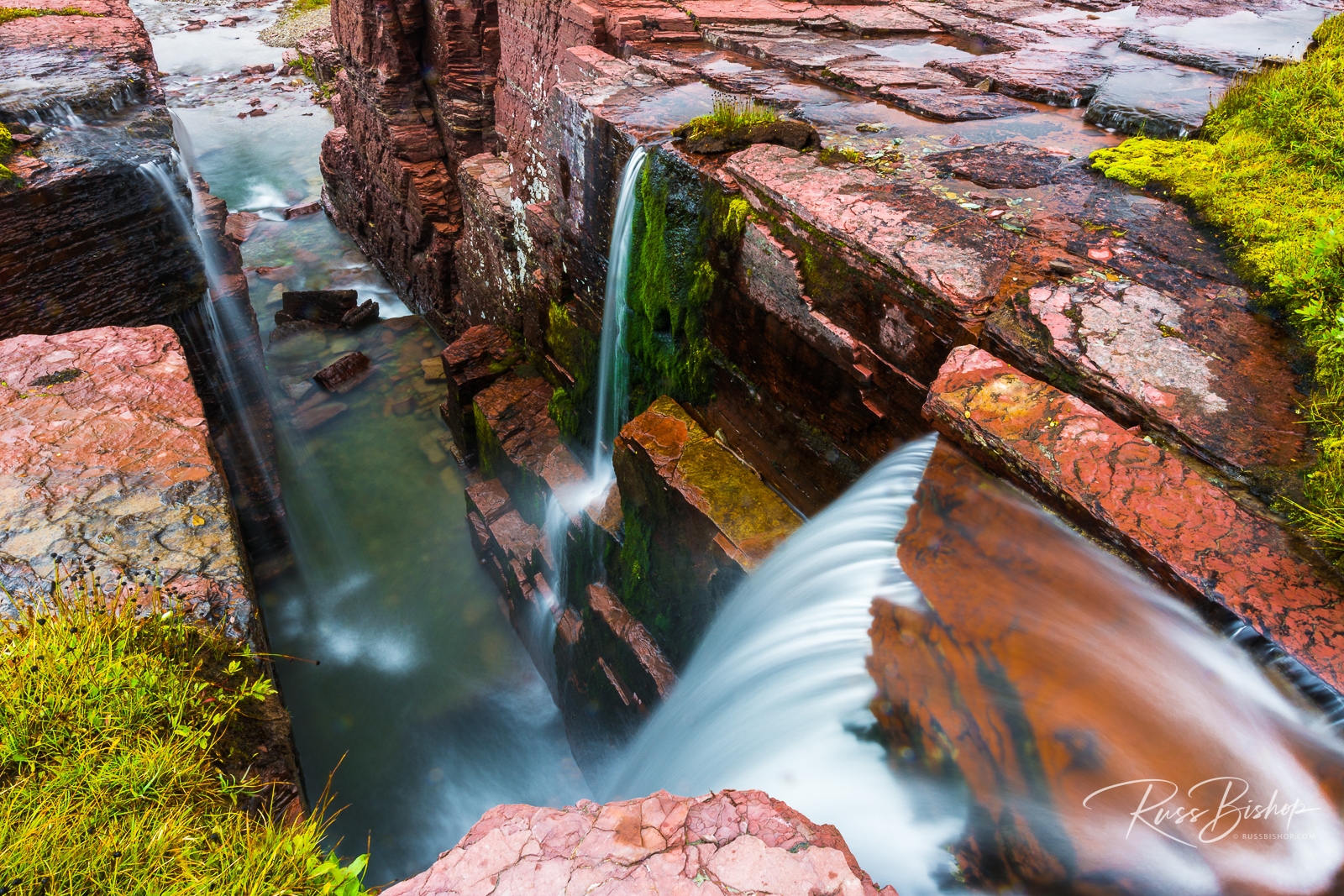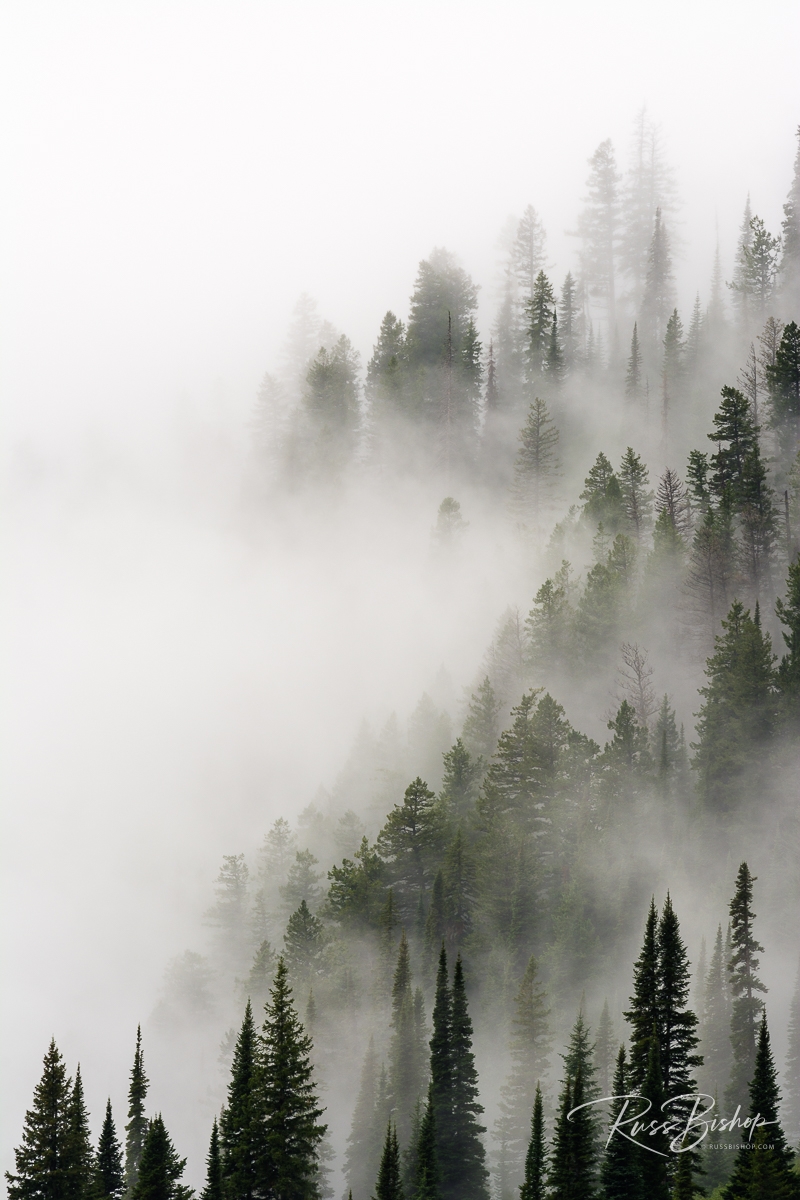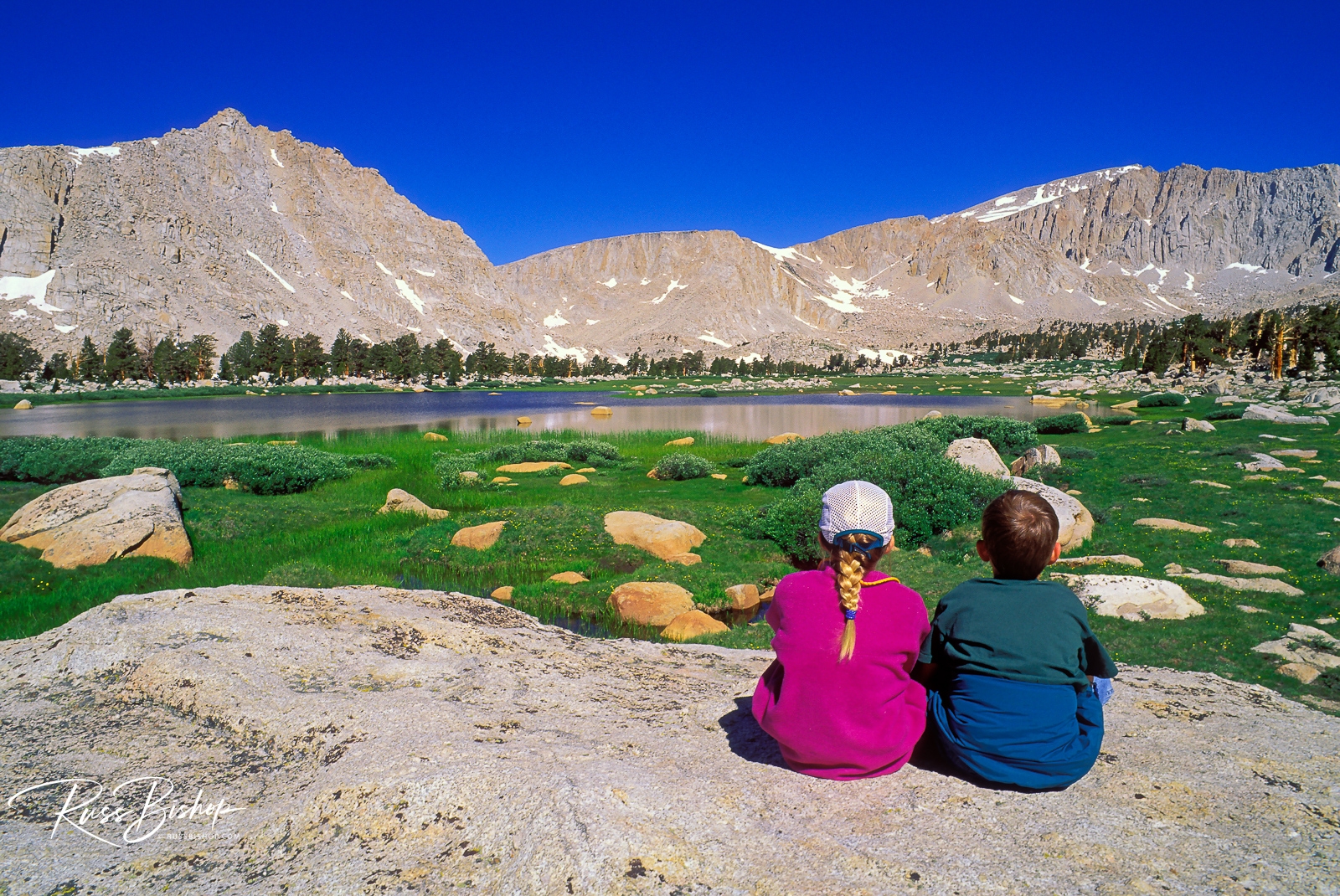
Finding balance. The notion of coming together to create symmetry spans the worlds of economics, mathematics, computing, and natural science. Systems that work together to form a more unified whole are greater than the sum of their parts. They are efficient and economical, and equally important on the human side they create a sense of harmony and well-being.
It is a natural human desire to find equilibrium in our lives, and for many the definition of success is living a balanced life. Landscape photography is a wonderful medium in this sense as it provides us with an outlet for creating visual harmony. What we express through our lens is an extension of our personality and our vision of the world around us.
Webster defines balance as “an aesthetically pleasing integration of elements” and, while the evolution of our photographic vision is an ongoing journey, learning to find balance in your compositions does become second nature with practice.
The juxtaposition of color and form within the frame is often the key, and learning to recognize and integrate them into your photography will translate into more dynamic and satisfying images that hopefully reflect that balance we all strive to find in life.
©Russ Bishop/All Rights Reserved


